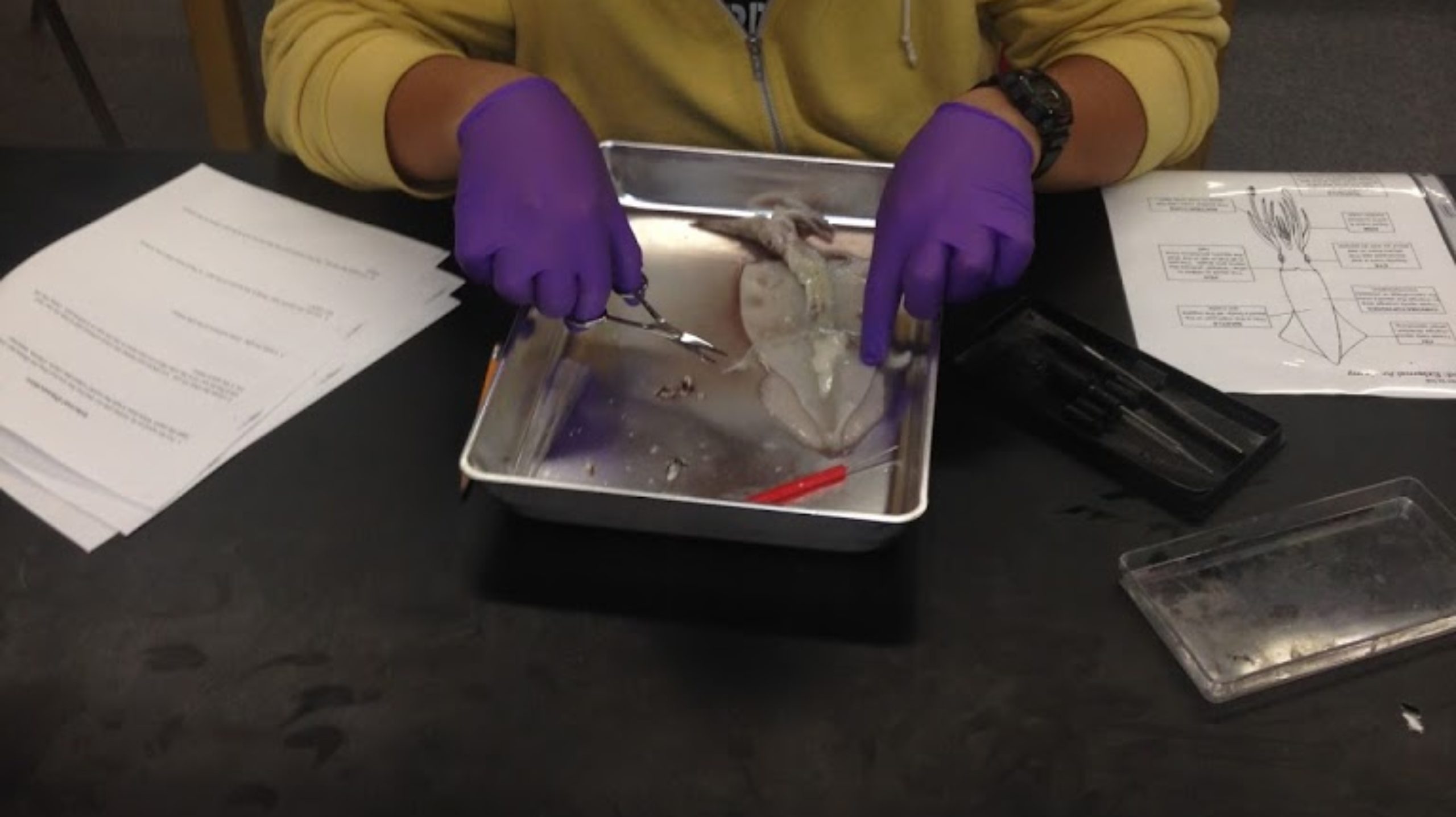Summer is for video classes
Hi teachers,
I’ve been on a real video classes kick lately. Making them, watching them, and trying to figure out what kids find so magnetically appealing about youtube. See a picture of my high-tech recording studio below:

In the process of researching and creating this latest round of video classes, here are five pieces of advice I have come up with to help make your work stand out:
Five Things That Make a Great Educational Video Class Series
- Keep it moving. You need to have action on the screen an average of once every 15 seconds (I made this number up for myself, but based it on the very scientific study of timing how long it took before I got bored watching a video). See example below.
- Know your software. Good software programs make it much easier to create meaningful, flowing content. I settled on monosnap for screen-casting and screenbrush for writing and I would recommend them both.
- Give it away. I’ve come across a LOT of information about how to market video classes. The piece of advice that I have thought about most carefully and that has resonated most deeply is this: you need to make large portions of high-quality work available for free. It makes people want to engage with your platform and remember you in the future when they are ready to buy a product. Which brings me to my next point…
- Make yourself available. I’m currently developing products that are available on youtube, TpT and a subscription site called Lernsys. You are in charge of marketing yourself so take it seriously and make a marketing plan. For example: I’m making all my teaching videos available on youtube, but the review videos, the homework assignments and the assignment keys are only available through the paid subscription channel.
- Get into digital drawing. Here is a brief summary: It’s not okay to use other people’s photos/cliparts/etc EVER without giving them credit. Be willing to create your own resources and put aside the time to do this. See example below
 :
:










